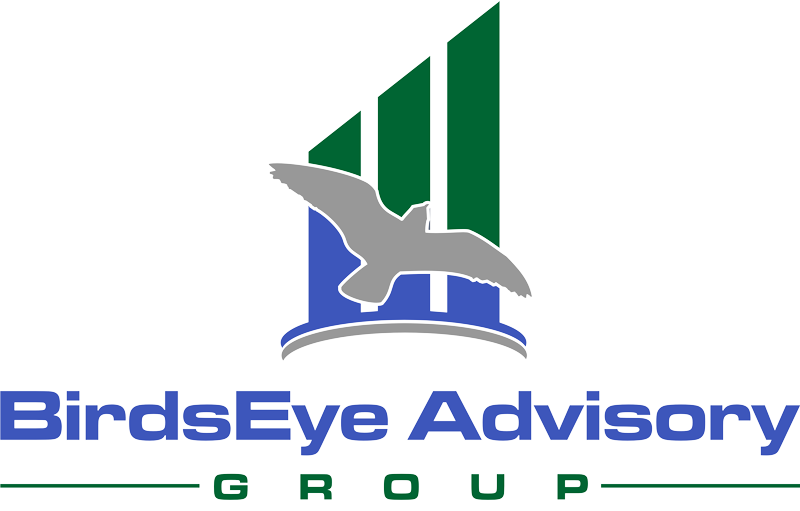The pet industry is abuzz with rumors surrounding the huge multiple paid by Nestle for Zuke’s Pet Treats. A variety of very reliable sources have told me that the valuation multiple ranged from 12x to 15x EBITDA (Earnings before Interest, Taxes, Depreciation, and Amortization). Given transactions I have been personally involved with recently, I have no doubt this range is accurate.
Three Leg Concept
When I talk to consumer products companies about valuation, I like to use the analogy of a three-legged stool. If a company exhibits the qualities demonstrated by all three legs, they will likely command a premium multiple. The legs are:
1. Strong gross margins (typically over 50%).
2. Double digit revenue growth for at least the past 3 years.
3. Strong brand – The more recognizable the brand, the higher the premium.
Why did Zuke’s command such a high multiple?
Zuke’s, in addition to having all three legs, also produces a highly desirable consumable product with an excellent reputation for Made-in-USA treats. In general, consumables command higher multiples than hard goods. Additionally, the fact that there are very few desirable acquisition opportunities, coupled with ready and willing buyers with a tremendous amount of dry powder (cash waiting to be invested) likely added to Zuke’s valuation multiple. Finally, Nestle is a strategic buyer (one already in the pet industry), so it can quickly integrate Zuke’s with their current infrastructure. Nestle was willing and able to pay a higher multiple because it can realize an immediate return on its investment through economies of scale.
For hard goods companies that exhibit all three legs of the stool, valuation multiples generally range from 7x to 9x EBITDA. Kyjen, which was acquired by Riverside Partners last summer, was rumored to have sold for about 8.5x EBITDA, representing a premium price for a hard goods business. Especially considering Riverside is a financial buyer (a private equity firm, venture capital firm, family investment fund, etc.) who looks to maximize return my minimizing purchase price, an 8.5x multiple is unusually high.
A general rule of thumb when it comes to valuations is, “the larger the company, the higher the multiple.” Why? In practice, it is just as much work to buy a company producing $1 million in profit as $10 million in profit.
In addition, there are a significantly higher number of potential buyers for a larger business, because there are not many private equity groups interested in businesses generating less then $2 million in EBITDA. The higher number of potential buyers, the more likely the selling process will result in a bidding war, which can drive up the price. I am currently engaged to sell a highly desirable pet company with a great brand, margins, and growth, and the interest from both strategic and financial buyers has been incredibly strong. I call it the classic case of Economics 101 – too much money chasing too few goods.
What if your company has only one or two legs?
Generally speaking, a consumable company with decent margins, but a less than desirable brand or growth would be valued at 6x to 8x EBITDA, while a hard good company with the same profile would be valued between 4x and 7x EBITDA. A non-consumable company (toys, collars, leashes, bowls, etc.) that exhibit one or two legs would trade in the 5x to 7x range. These multiples are for dog and cat oriented companies, while other pet categories would likely transact at slightly lower multiples.
Please remember that these are high level general estimates, and that each situation and company is different. There are many, many factors to consider when discussing valuations of pet companies. However, at the end of the day, I like to tell my clients that your company is worth what the market will pay, which is why it is valuable to go to market to find out exactly what it is worth. Yogi Berra once said, “In theory there is no difference between theory and practice; in practice there is.”
Carol Frank of Boulder, CO, is the founder of four companies in the pet industry and a Managing Director with BirdsEye Advisory Group, where she advises pet companies in M&A transactions and Exit Planning. She is a former CPA, has an MBA, is a Certified Mergers and Acquisitions Advisory (CM&AA) and holds Series 79 and 63 licenses. She highly values and incentivizes referrals and can be reached at cfrank@birdseyeadvisory.com.
